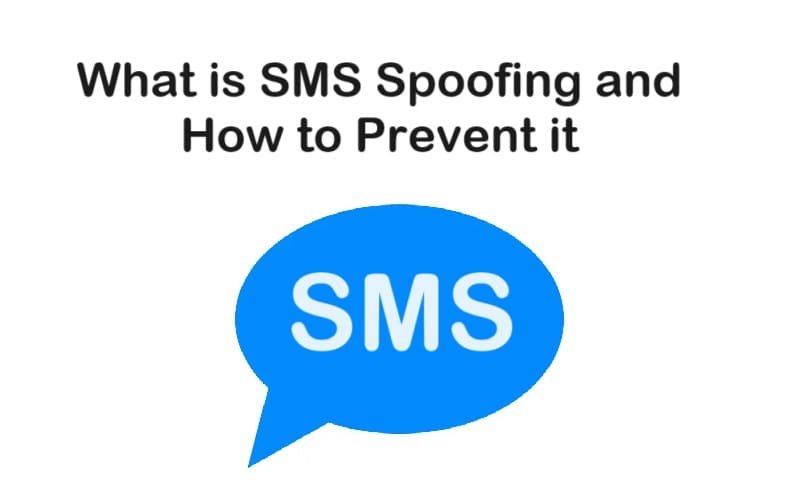What is SMS Spoofing and How to Prevent it
In today’s digital era, mobile communication plays a crucial role in our daily lives. However, this convenience comes with risks, one of which is SMS spoofing. SMS spoofing is a technique used by cybercriminals to send messages that appear to come from a trusted source but are actually from a different sender. This article will explain what SMS spoofing is, how it works, the different types, how to prevent it, and what steps to take if you suspect fraudulent activity on your Groww account.
How Does SMS Spoofing Work?
SMS spoofing works by manipulating the sender information displayed on a recipient’s phone. Cybercriminals use software or services that allow them to change the alphanumeric sender ID, making the message appear to come from a legitimate source, such as a bank or a trusted company. This deceptive tactic is often used to:
- Phishing: Trick recipients into revealing sensitive information such as passwords, credit card details, or personal identification numbers.
- Fraudulent Transactions: Mislead recipients into authorizing fraudulent transactions.
- Spreading Malware: Send malicious links that, when clicked, download malware onto the recipient’s device.
Suggested: Types of Banking Frauds – How to Prevent Them
Different Types of SMS Spoofing
- Phishing SMS (Smishing):
- Description: Fraudsters send messages posing as legitimate institutions asking for sensitive information.
- Example: A message claiming to be from a bank asking you to verify your account details.
- Fake Alerts:
- Description: Spoofed messages that appear as urgent alerts from known entities, prompting immediate action.
- Example: An alert claiming your account has been compromised and instructing you to click a link to secure it.
- Promotional Scams:
- Description: Messages offering fake deals or promotions to lure recipients into providing personal information or clicking malicious links.
- Example: A message announcing you’ve won a prize and asking you to claim it by providing your details.
How to Prevent SMS Spoofing
- Verify the Sender:
- Check Details: Always verify the sender’s information before responding to any SMS. Look for discrepancies in the sender ID or message content.
- Contact Directly: If in doubt, contact the institution directly using official contact details, not those provided in the suspicious message.
- Do Not Share Personal Information:
- Be Cautious: Never share personal or financial information through SMS, especially if the request is unsolicited.
- Use Secure Channels: Always use official and secure channels for sensitive communications.
- Enable Two-Factor Authentication (2FA):
- Extra Security: Use 2FA for all important accounts to add an extra layer of security. Even if your password is compromised, 2FA can help protect your accounts.
- Keep Software Updated:
- Regular Updates: Ensure your mobile device’s operating system and apps are up to date to protect against vulnerabilities that could be exploited by spoofing attacks.
- Use Security Software:
- Install Protection: Use reputable mobile security software that can detect and block malicious activities, including SMS spoofing attempts.
- Report Suspicious Messages:
- Alert Authorities: Report any suspicious messages to your mobile service provider or relevant authorities to help prevent further attacks.
What to Do if You Suspect Fraudulent Activity on Your Groww Account
- Immediately Change Your Password:
- Update Credentials: If you suspect any fraudulent activity, change your account password immediately to prevent unauthorized access.
- Notify Groww Support:
- Contact Support: Report the suspicious activity to Groww’s customer support for further assistance and to secure your account.
- Monitor Account Activity:
- Check Transactions: Regularly monitor your account for any unauthorized transactions or changes.
- Enable Security Features:
- Activate 2FA: Ensure two-factor authentication is enabled for your Groww account to add an extra layer of security.
- Scan for Malware:
- Use Security Tools: Scan your device for malware that might have been installed via malicious links or attachments in spoofed SMS.
Final Words
SMS spoofing is a significant threat in today’s digital landscape, but being aware of how it works and taking proactive measures can help protect you from falling victim to it. By verifying senders, not sharing personal information through SMS, enabling two-factor authentication, keeping your software updated, using security software, and reporting suspicious messages, you can greatly reduce the risk of SMS spoofing. If you suspect any fraudulent activity, especially on accounts like Groww, act swiftly to secure your information and prevent further damage. Stay vigilant and prioritize your digital security to safeguard your personal and financial information.
